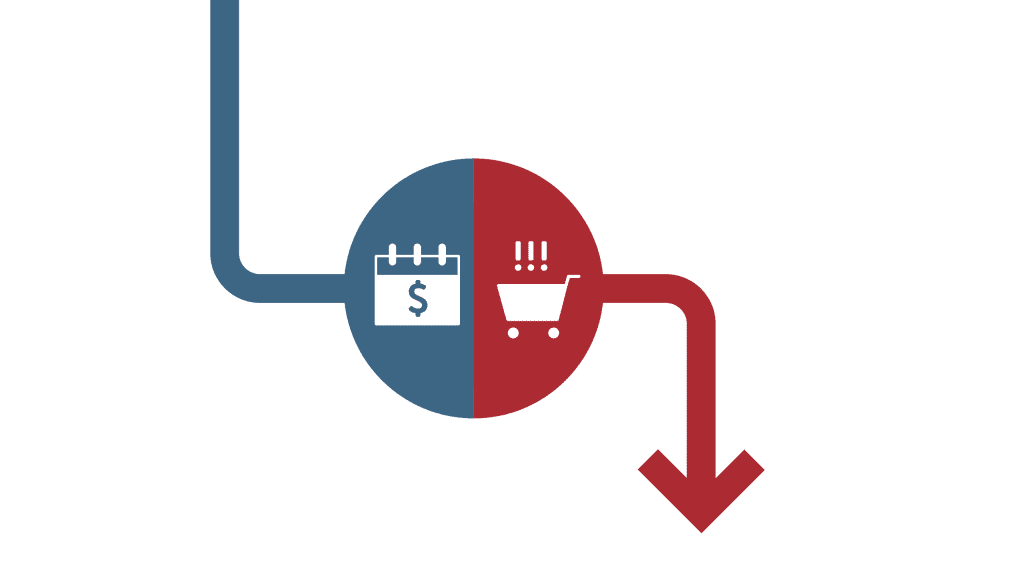How Often Does Google Update Search Results?
Want Google to index your site faster? Try these five methods.
If you’re wondering how business-to-business (B2B) and business-to-consumer (B2C) marketing differ, you’ve come to the right place. While great marketing strategies have some similarities, there are distinctly different goals and audiences for these two types of companies. In this article, we tackle the main areas where B2B vs. B2C marketing initiatives differ.
While there can be some overlap in content marketing approaches for both B2B and B2C companies, there are distinctions that are important to keep in mind. If you’re a business whose customers are primarily other businesses, your marketing strategy should appeal to the pain points, interests, and needs of whoever makes purchasing decisions for those organizations. B2C companies, on the other hand, are interested in targeting individual users in everyday life. These differences are essential to consider when determining the right approach to impress your target audience.
If your target consumer is a part of an organization, you likely need to show how your product or service can deliver a return on investment (ROI). Decision-makers within an organization are typically driven by logic and a monetary incentive. Does your product save employees time so that they can increase their bottom line? Do you offer flexible services to ensure a company isn’t paying for help they don’t need? B2B marketers need to keep the goals of other businesses at the front of mind.

B2C marketers, on the other hand, don’t always need to appeal to logic. If you’re targeting an individual consumer, the benefit could be as simple as entertaining or driving at an emotional appeal.
B2B businesses usually niche into specific industries. If you’re talking to someone within a particular field about something that will help their company, then being detailed about what your business can (and can’t) do is incredibly important. Being precise and transparent about your offering can help move members of a B2B target audience through the decision-making process more effectively.

B2C businesses should typically avoid this. Usually, these marketing strategies are less formal and more fun. Industry jargon is likely to be confusing to some of this audience and can cost you a sale. Instead of over-educating, focus on the emotional or entertainment value of your product or service.
Businesses don’t tend to make decisions quickly. B2B buyers often have to move a purchase through multiple hierarchies within the company. Not only is the buying cycle longer for B2B, but contracts usually last longer for these purchases as well. Long-term use of a product requires an ongoing and evolving relationship, and your marketing strategy should address that.

B2C audiences aren’t as loyal, but they also tend to have a shorter buying process. Sticking with a more informal attitude and keeping your offering relatable is often more effective for encouraging potential buyers.
At the end of the day, these key differences can help you adequately address customer needs. Knowing the distinctions in the purchase process for your target audience can help you better serve potential customers. From your landing page content to your email marketing and social media, employing these approaches in your content marketing strategy makes a big difference.
If you need help determining the best path forward for your marketing efforts, consider reaching out to the experts at Front Porch Solutions. Our marketing team is well-versed in B2B and B2C efforts and can help you optimize your digital marketing strategy. Contact us today to learn more!
Fill out the form and we’ll be in touch as soon as possible.